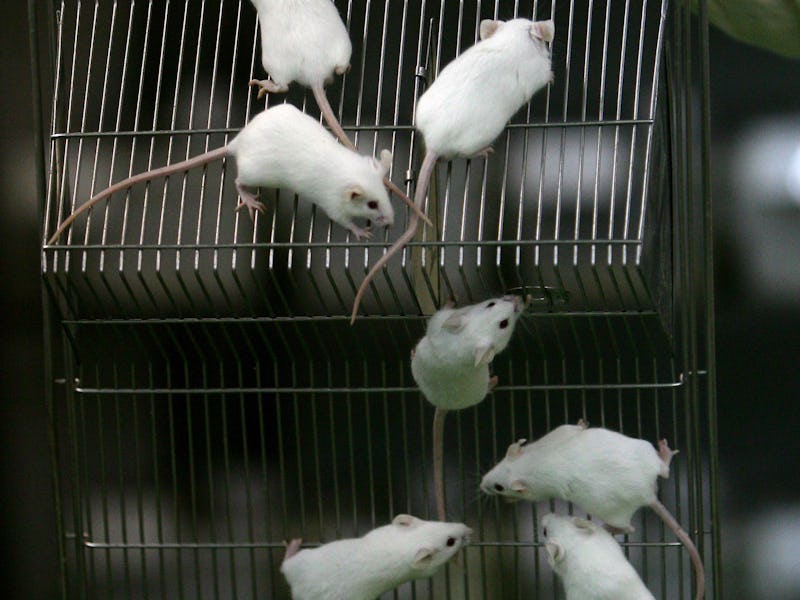CRISPR Gene Therapy Has Cured a Mouse With Muscular Dystrophy
For the first time, a living mammal was cured of a genetic disease with a treatment we could use on humans.

Continuing mankind’s formidable strut towards an age of gods and monsters, for the first time ever researchers have successfully treated a genetic disease in a living mammal with a method that could be used on humans.
Thanks to CRISPR — the incredibly powerful genetic engineering process — and some bioengineers at Duke University, an adult mouse with muscular dystrophy will enter 2016 much healthier. The findings are out today in a paper at Science.
“Recent discussion about using CRISPR to correct genetic mutations in human embryos has rightfully generated considerable concern regarding the ethical implications of such an approach,” Charles Gersbach, associate professor of biomedical engineering at Duke University, told Medical Express. “But using CRISPR to correct genetic mutations in the affected tissues of sick patients is not under debate. These studies show a path where that’s possible, but there’s still a considerable amount of work to do.”
Most patients born with Duchenne muscular dystrophy (one in 5,000 males) are confined to a wheelchair by age 10 and lucky if they live beyond their 30th birthday. That all stands to change. CRISPR uses a “Cas9” enzyme to edit DNA, and can target the enzyme to a specific part of the genome. It can essentially swap out DNA segments, and with proper application could someday give birth to generations of genetic marvels. In this case, that marvel is a mouse with a dysfunctional exon that CRISPR was programmed to cut out then let the body’s natural healing mechanism stitch the remaining genes back together into what was a functional sequence. Duke’s success is just more proof of its insane potential.